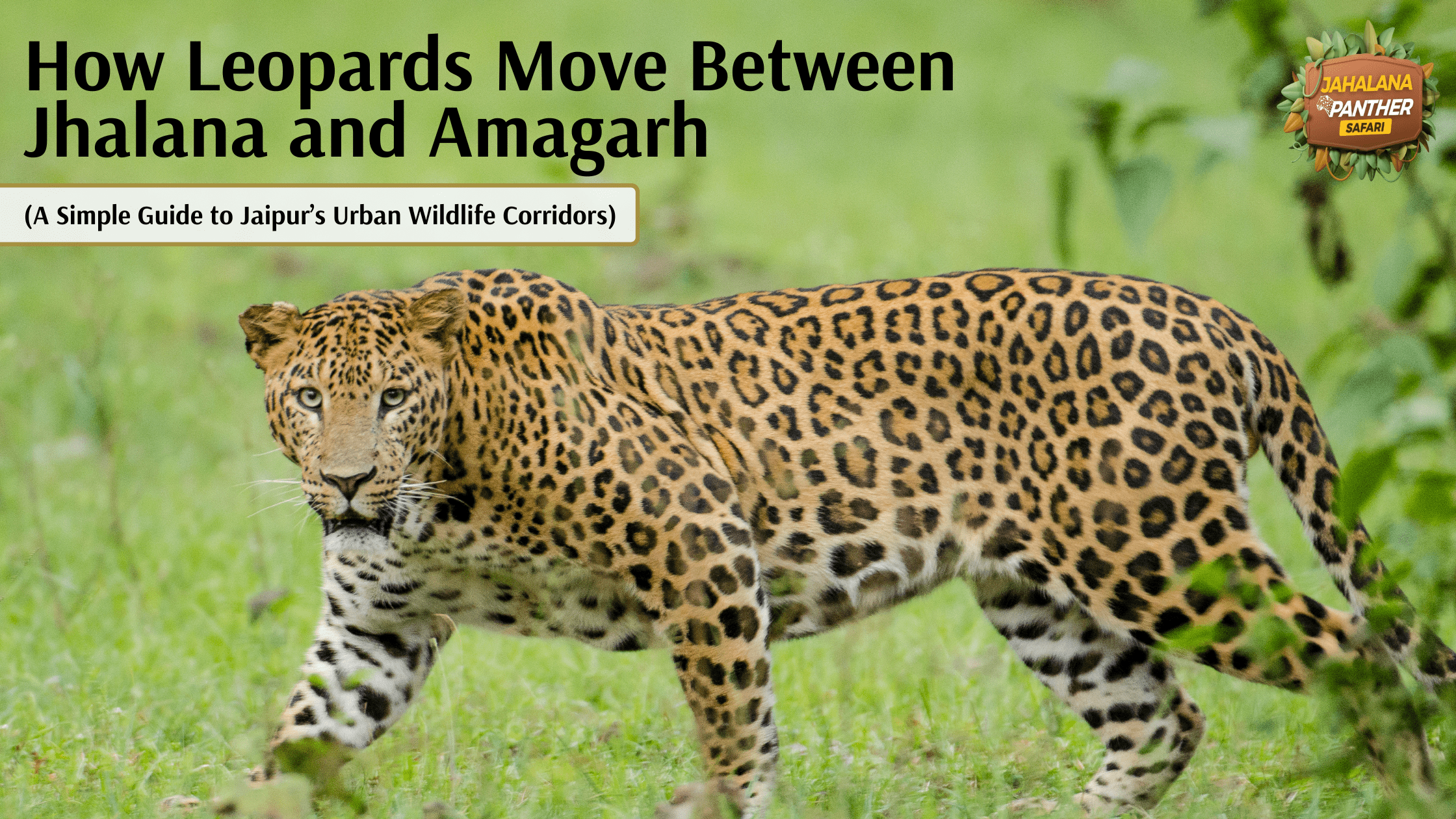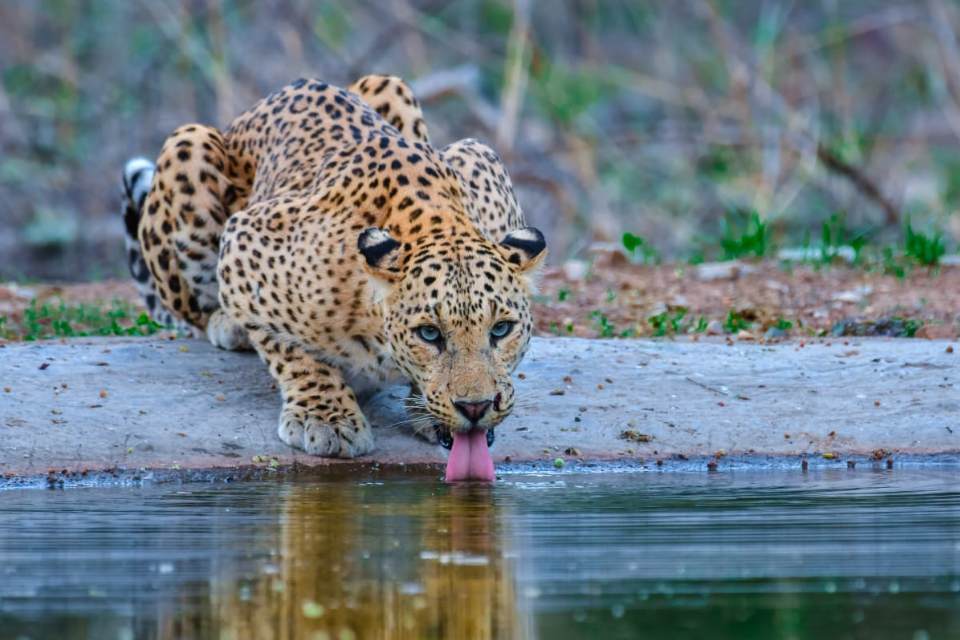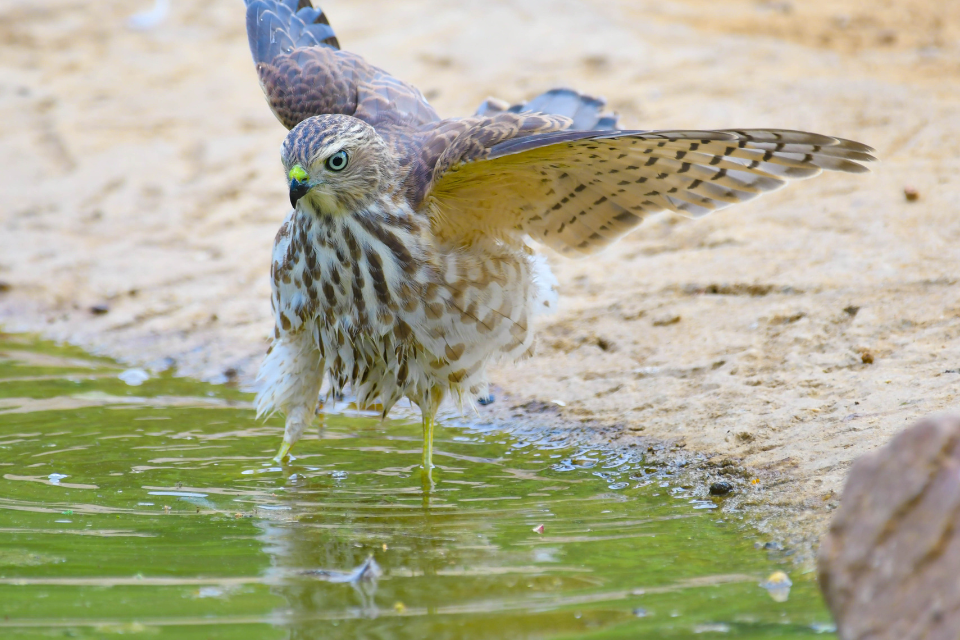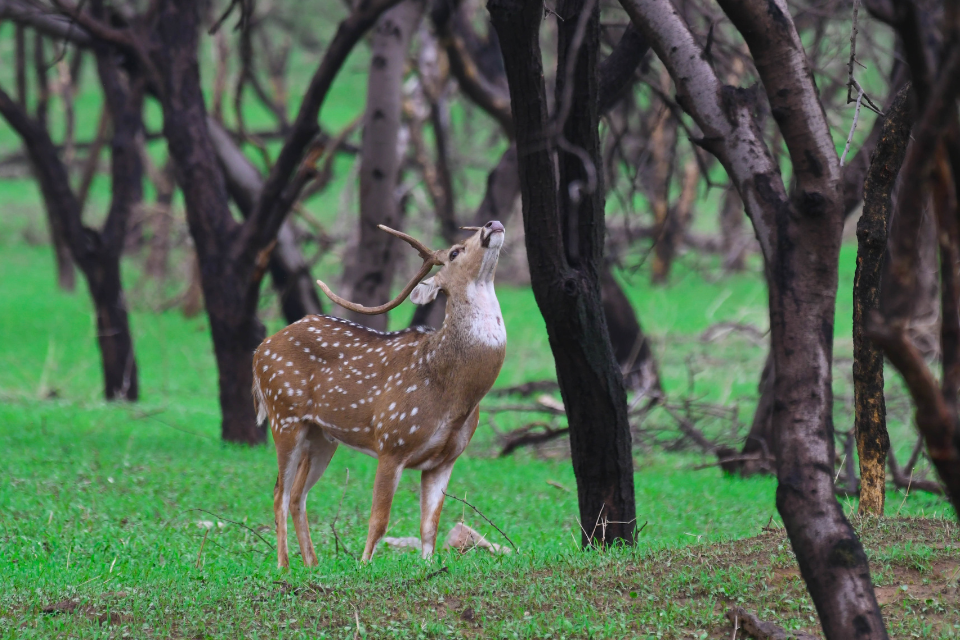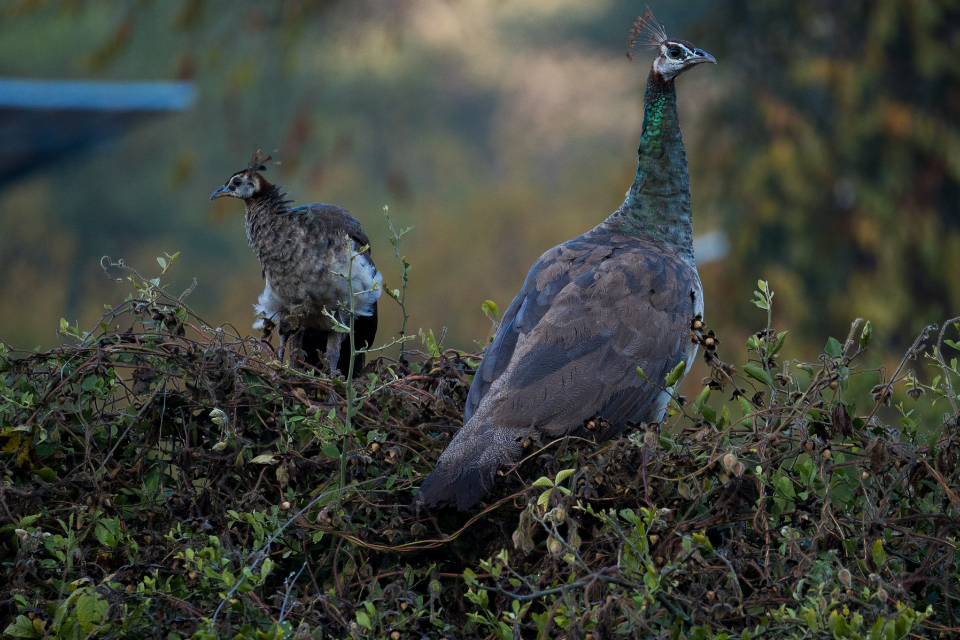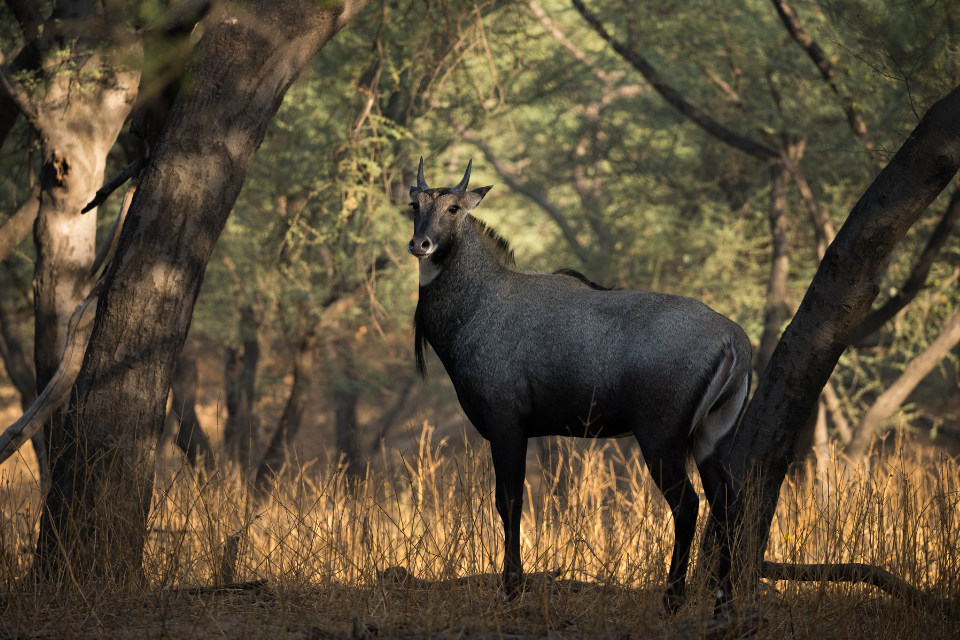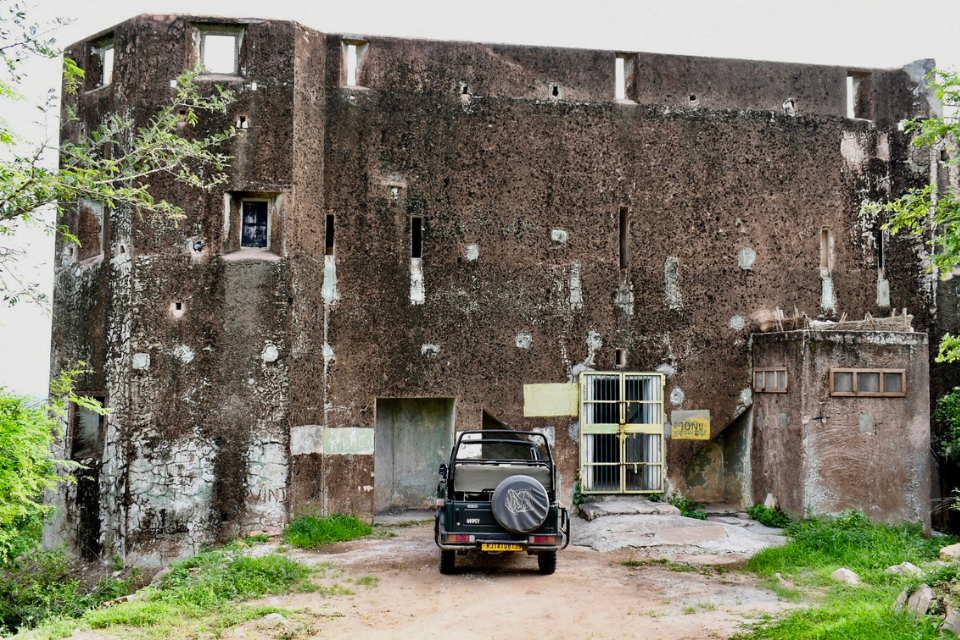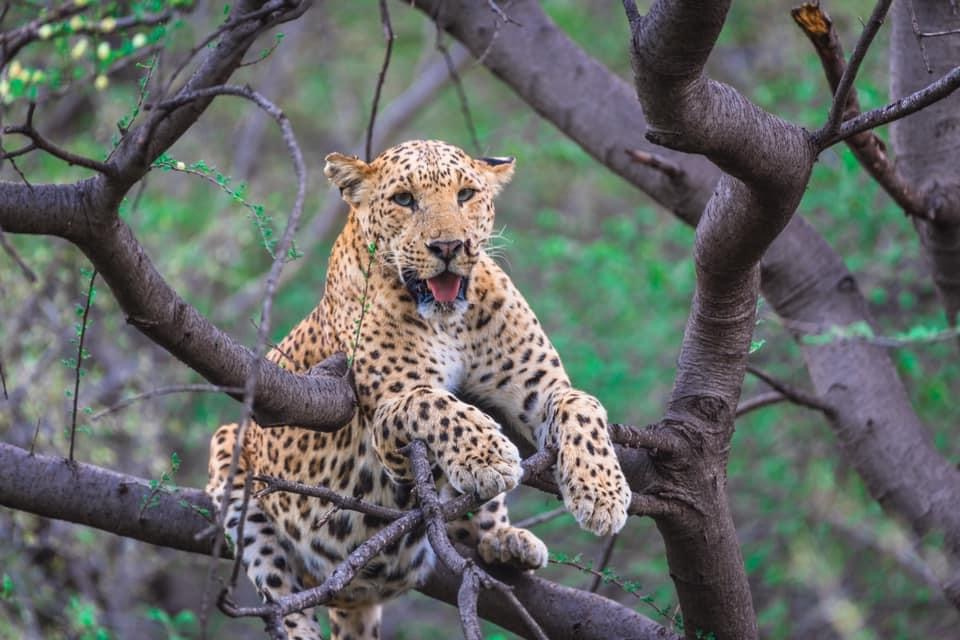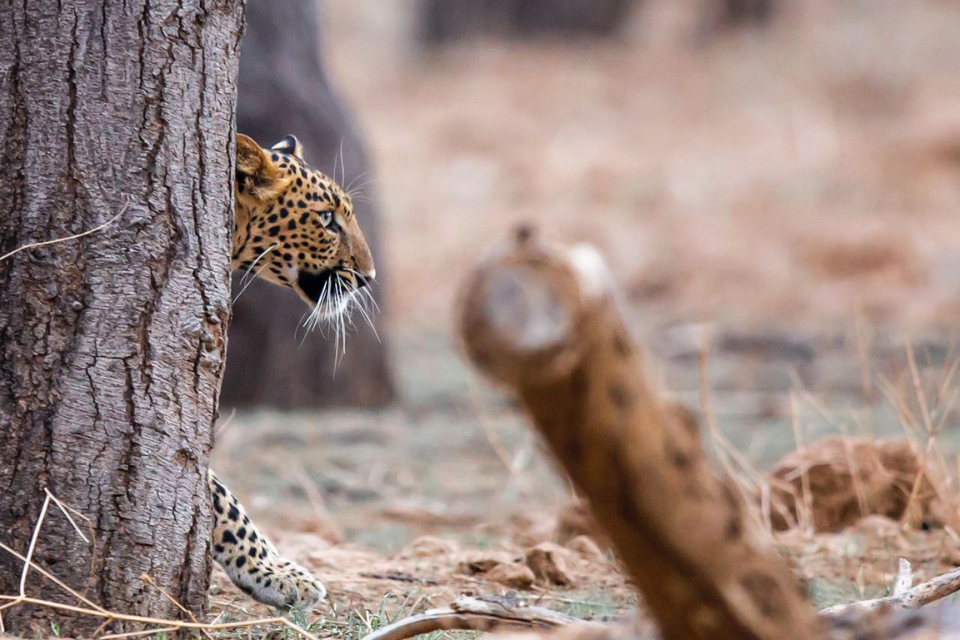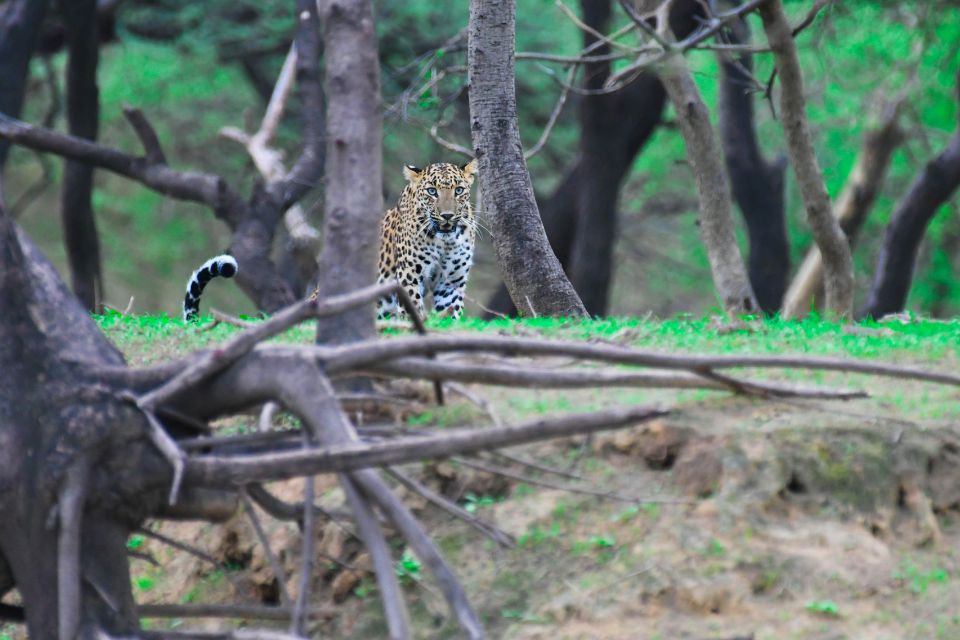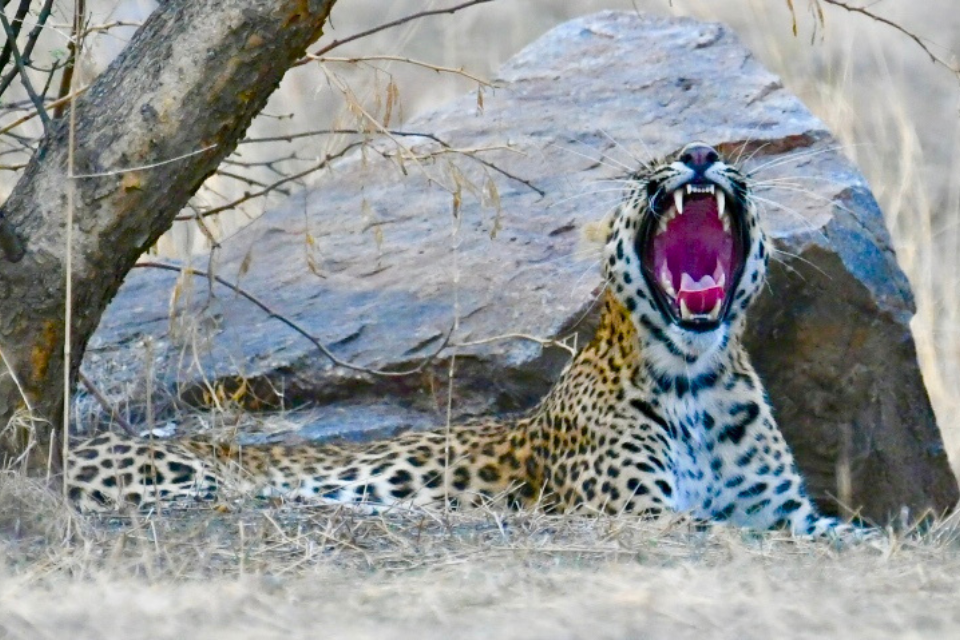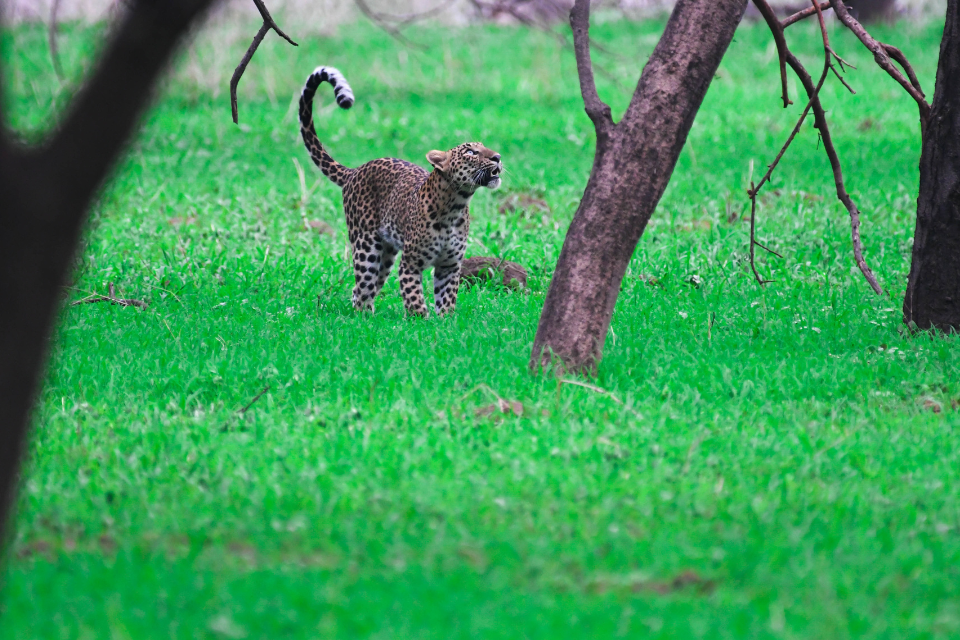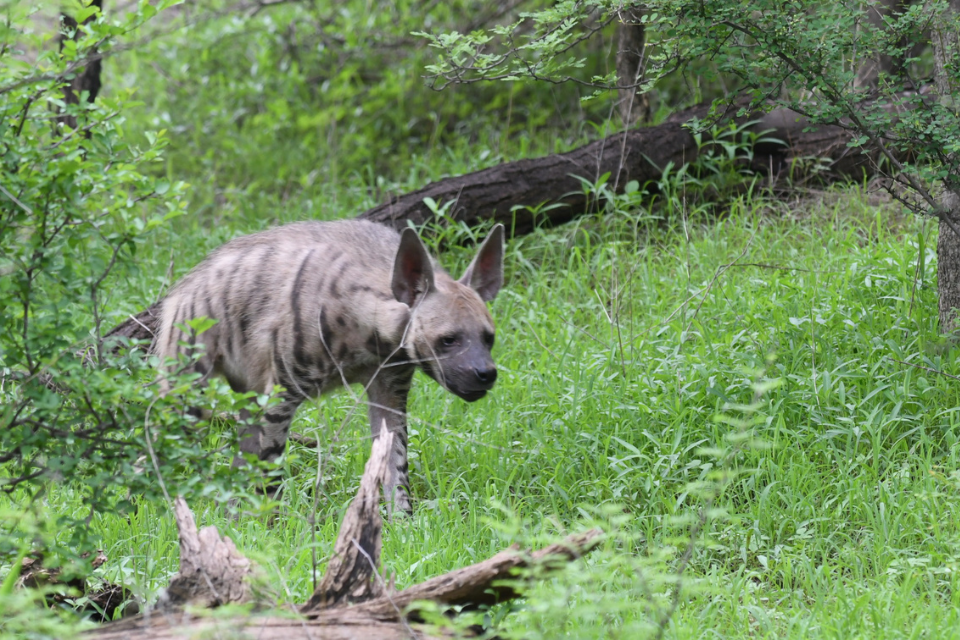- August 16, 2025
How Leopards Move Between Jhalana and Amagarh (A Simple Guide to Jaipur’s Urban Wildlife Corridors)
Overview
Leopards do move between Jhalana Leopard Reserve (Malviya Nagar side of Jaipur) and Amagarh (near Galta Ji/Agra Road). Their path is squeezed by city growth and a busy highway, so keeping (and improving) safe wildlife corridors is essential—for the cats’ gene flow and public safety. Amagarh began visitor safaris on May 22, 2022, effectively creating a two-reserve network inside one city—rare anywhere in the world.
Where are these places, exactly?
- Jhalana Leopard Reserve sits on Jaipur’s southeast, with tracks and thickets tucked into the Aravalli hills just a short drive from central neighborhoods like Malviya Nagar and Jagatpura. It’s widely cited as India’s first dedicated leopard reserve (2017) and spans roughly 20 sq km.
- Amagarh Leopard Reserve lies east of the city near Galta Ji on the Agra Road—also Aravalli terrain, notified later and opened to visitors on May 22, 2022. The notified area is commonly reported around 1,524 hectares (~15.24 sq km).
Between the two: dense urban neighborhoods, historic hills, and crucially, a major highway corridor (Agra Road/Ghat ki Guni area) that acts as both a landmark and a barrier for wildlife movement.
What is a “wildlife corridor” and why does it matter here?
A wildlife corridor is any stretch—sometimes a thin, scruffy strip of habitat—that animals use to travel between larger “core” habitats. For leopards, corridors let them:
- Find mates (avoid inbreeding),
- Disperse young animals safely,
- Reach prey when resources shift seasonally,
- Avoid conflict hot spots by offering safer passages than busy roads.
In Jaipur, the Jhalana–Amagarh belt functions as a living case study in urban corridors: compact reserves flanked by people, vehicles, temples, and neighborhoods. The science and on-ground reports align on one point—the highway between Jhalana and Amagarh is risky, and secure crossing options are needed.
Signs leopards really do move in this landscape
You don’t always see a leopard “crossing a road,” but you see the breadcrumbs:
- Media reports near the corridor: Leopards photographed perching above Ghat ki Guni on the Jaipur-Agra axis (NH-11 area) show the species using edges and outcrops overlooking traffic—a classic corridor pinch point.
- Urban spillover sightings: Periodic news of leopards moving into Jagatpura and other residential pockets hints at dispersal attempting to navigate the city matrix, sometimes missing green pathways and entering built-up zones.
- Department and tourism narratives: Official and semi-official pages consistently place Jhalana on the southeast and Amagarh near Galta Ji/Agra Road, with corridor language used in coverage around Amagarh’s launch and Jaipur’s “two leopard reserves” status.
- Conservation commentary: Analyses have flagged the six-lane highway between the two reserves as a “death trap” for migrating animals, underscoring the need for a secure corridor with safe crossing structures.
Put simply: movement happens, but the risk is real.
What blocks movement (and how to fix it)
1) Roads and the Ghat ki Guni–Agra Road funnel
- Barrier effect: Fast traffic, hard medians, and lighting confuse animals at night.
- Fixes that work: Underpasses/overpasses, fencing to guide animals into crossings, speed calming, and wildlife warning signage at approach zones. (These are standard global measures; Jaipur’s corridor planning can borrow from tiger-landscape highways that added underpasses with success.)
2) Patchy, narrow habitat strips
- Barrier effect: Breaks in scrub cover expose leopards; they avoid crossing open spaces.
- Fixes that work: Revegetate thin links (native shrubs/trees), secure no-build buffer zones, restore seasonal drain lines that cats and prey use like natural lanes.
3) People, dogs, and “edge” disturbance
- Barrier effect: Stray dogs, off-road biking, loud picnics near key saddles/water points displace wildlife.
- Fixes that work: Zoning (quiet belts), enforcement on off-road driving, waste management (fewer dog attractants), and simple visitor education near temples and viewpoints.
The goal isn’t to stop Jaipur from moving; it’s to channel both people and leopards so they miss each other at dangerous points—and meet only where it’s safe (i.e., on a regulation safari).
Evidence and commentary on the need for such measures in the Jhalana–Amagarh context are widespread in local stories and conservation write-ups.
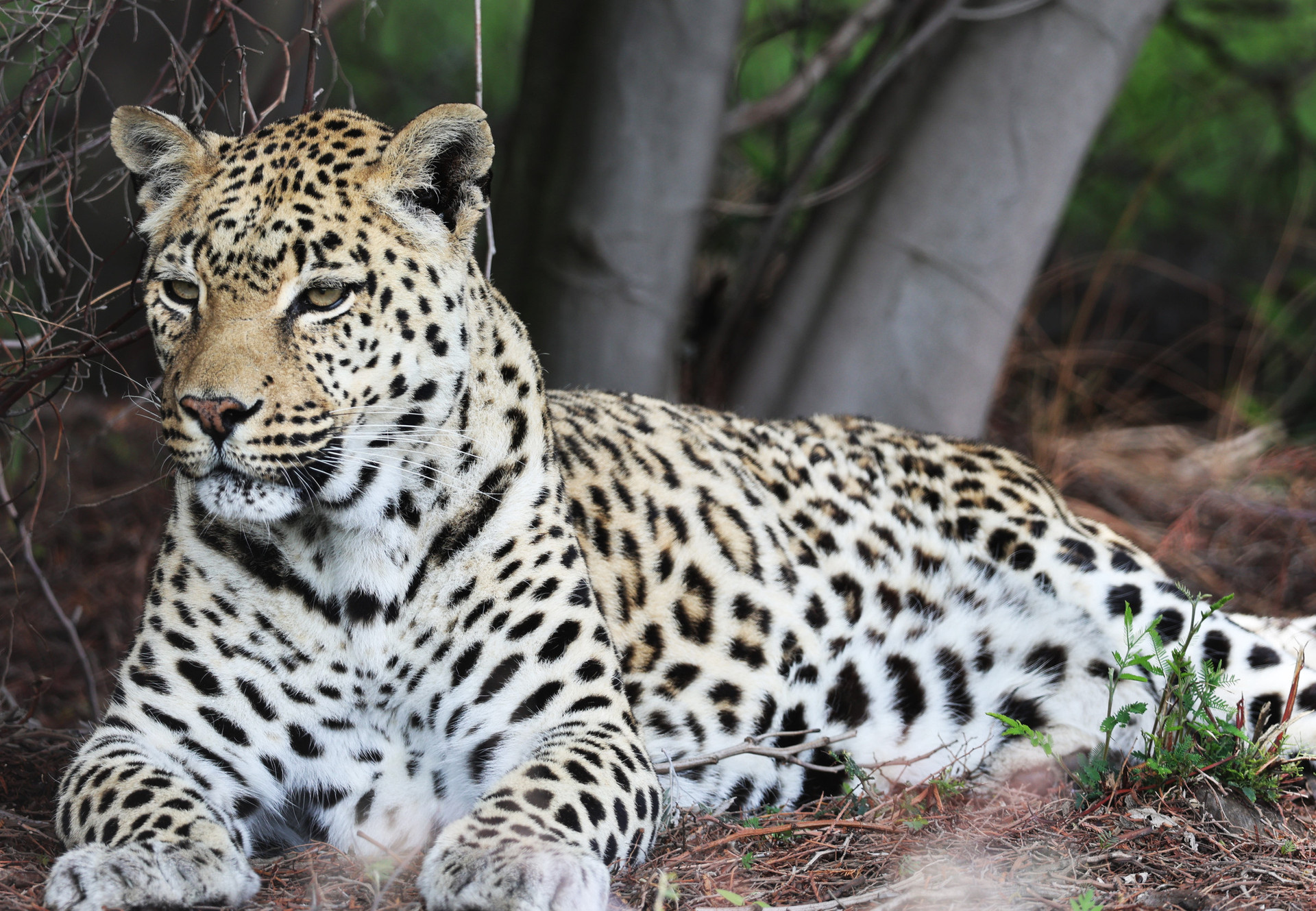
When and how leopards tend to move
While every individual is different, a few patterns help explain movement:
- Crepuscular windows: Dusk and dawn are the “commute hours” for many cats—cooler, quieter, and with better odds of slipping through human spaces.
- Monsoon shuffle: After rains, vegetation explodes; prey and water spread out. Cats may range farther to scout new opportunities, including marginal patches between the two reserves. Visitor reports often note green, lively hills post-rain—great for cameras, but it also means more hidden movement.
- Sub-adults dispersing: Young leopards pushed by resident adults often take corridor gambles—exactly where safe crossings matter most.
Why Jaipur’s “two-reserve” setup changes the stakes
When Amagarh opened to visitors on May 22, 2022, Jaipur became the first Indian city with two leopard reserves—and the conversation expanded from “sightings” to landscape connectivity. Two protected cores so close together must exchange genes and individuals to stay healthy. Visitor economies at both ends—Jhalana and Amagarh—now have a shared interest in keeping corridors open and safe.
Practical map notes for visitors (no GPS pins, just orientation)
- Jhalana: Southeast Jaipur; entry/ops hub listed under APEX Circle, Malviya Nagar Industrial Area on Rajasthan’s OBMS portal.
- Amagarh: East of city near Galta Ji along Agra Road; visitor pages repeatedly reference this location.
Between them: The Ghat ki Guni/Agra Road corridor where leopards get “squeezed” between rock faces, old passes, and modern traffic. Occasional public sightings near Ghat ki Guni highlight why mitigation is not optional.
If you’re planning safaris in both reserves
1) Alternate mornings and afternoons.
Light angles and animal routines differ. Try Jhalana at dawn, Amagarh at dusk (or vice-versa) to sample both “commute windows.”
2) Ask your naturalist about “saddles.”
These are low points between ridges—common animal pathways. Jhalana and Amagarh both have classic saddle views where fresh tracks or alarm calls tell real-time stories.
3) Treat the road crossing zones with extra patience.
If you’re driving through the Ghat ki Guni area between safaris, slow down, stay alert for animal movement, and never crowd a cat. Public etiquette helps keep the corridor workable.
For local residents near the corridor (quick safety notes)
- If you see a leopard near buildings (e.g., Jagatpura case): Stay indoors, keep kids and pets inside, call forest department/helplines, and avoid crowds or chasing—the animal is trying to leave.
- Cut down on attractants: Keep waste sealed, avoid feeding stray dogs (prey/predator dynamic), and use motion lights sparingly at compound edges.
- Report calmly, film sparingly: A short, steady clip from a safe distance is enough for authorities; do not approach or block exit routes.
How you can help the corridor—beyond rules on safari
- Book official permits and registered vehicles. Your fees sustain patrols, waterhole maintenance, and habitat works that indirectly support corridor function.
- Delay geotags and keep den sites private. Social virality shouldn’t re-route crowds into sensitive edges.
- Support corridor-friendly projects. When underpasses, fencing, or revegetation projects are proposed, add your voice. Jaipur’s model can shape how other Indian cities treat urban wildlife.
FAQs
1) Do leopards truly move between Jhalana and Amagarh—or are they isolated groups?
They do move, but movement is constrained and risky. News images and accounts near Ghat ki Guni/Agra Road, plus periodic urban spillovers, show leopards navigating the city edge. Conservation commentary explicitly flags the highway between the two as a mortality risk without secure crossings.
2) Which reserve should I visit first if I want to understand the corridor story?
Start at Jhalana (history, early success as India’s first leopard reserve) and then visit Amagarh (opened May 22, 2022). The contrast helps—Jhalana’s long-running model and Amagarh’s newer routes near Galta Ji.
3) Is there an official plan for underpasses or overpasses?
Specific implementation details evolve. The need for secure crossings is well-documented in commentary about the six-lane highway between both forests. Watch local forest department updates and city planning news for project announcements.
4) How big are Jhalana and Amagarh?
Jhalana is commonly cited around 20 sq km; Amagarh around 1,524 hectares (~15.24 sq km). Note that administrative numbers vary by source and year; always defer to the forest department for official figures.
5) Why is Jaipur often in the news for leopard safaris?
Because it’s unusual: two leopard reserves in one major city, with strong sighting reputation and unique urban-wildlife storytelling—recognized by national travel media as well.
Disclaimer All images used in this blog are either sourced from public domain or credited to their respective owners. If you are the copyright holder of any image and wish to request its removal or proper attribution, please contact us at [email protected]
